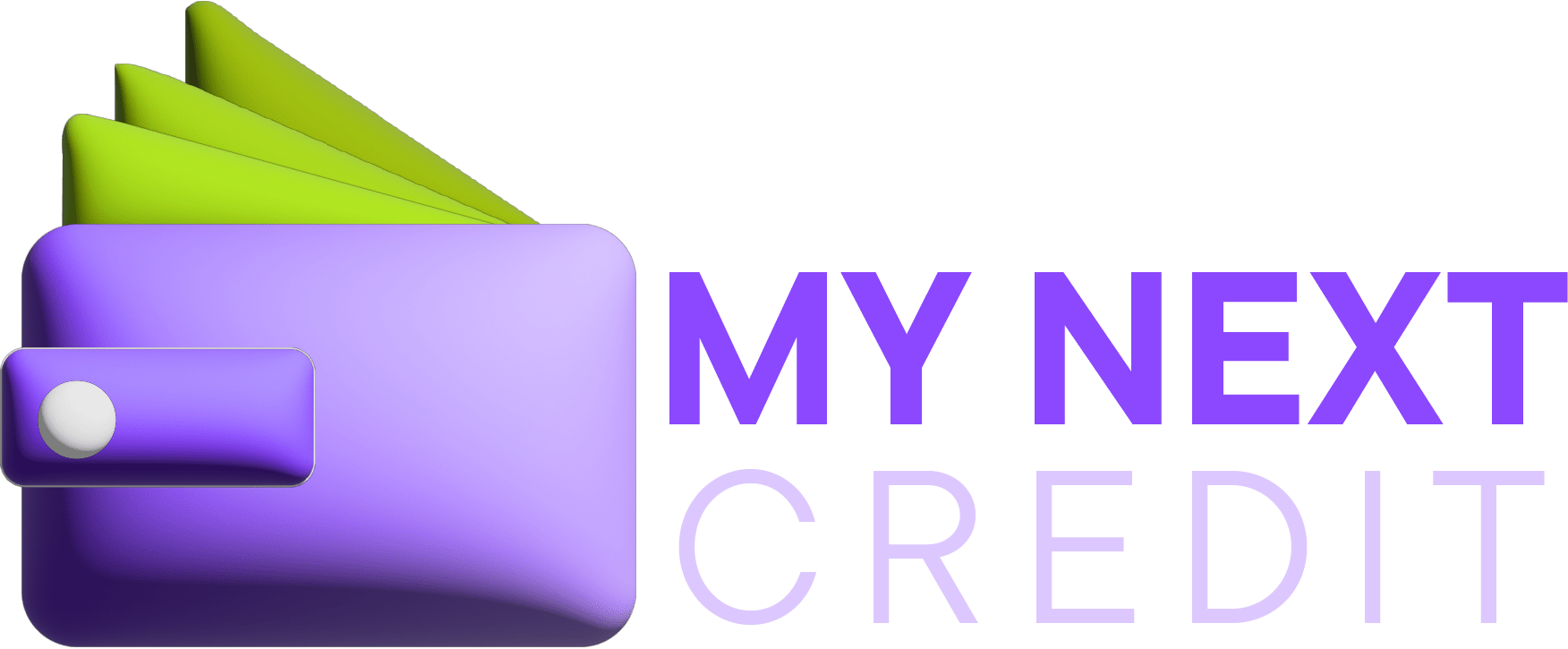The loan and credit landscape has evolved alongside the rise of remote and hybrid work, forcing many professionals to rethink how they manage their personal finances. Working from home or alternating between office and remote settings changes spending habits, influencing everything from transportation and food to electricity bills and digital services.
The purpose of this article is to guide professionals in adapting their budgeting strategies to the realities of hybrid work. It will explore how to identify new spending patterns, manage variable expenses, and create a sustainable plan that fits both work flexibility and long-term goals.
Adapting your financial plan to a new work routine

Hybrid work models have transformed daily routines and, as a result, personal budgets. Professionals who spend fewer days in the office save money on transportation, fuel, parking, and eating out. However, these savings are often offset by higher electricity, internet, and home office equipment costs.
To adapt, it’s essential to track all expenses for at least a month, noting differences between remote and in-office days. This allows you to visualize patterns and identify unnecessary costs. Many professionals find that even small adjustments—like optimizing meal planning or limiting digital subscriptions—can free up significant amounts for savings or investments.
Balancing comfort, productivity, and costs
Creating a comfortable work environment at home doesn’t have to mean overspending. Instead of buying every new gadget, focus on essentials such as ergonomic furniture and reliable internet. These investments improve productivity and well-being while avoiding unnecessary purchases that can strain your budget.
When working in hybrid mode, set clear spending categories for each environment—home and office. For example, allocate a specific amount for coffee or meals out on office days, and another for energy or groceries during remote work.
How to organize your hybrid budget effectively
The hybrid model requires a flexible but consistent financial plan. Start by setting a fixed percentage of your income for essential expenses—housing, food, and utilities—then define categories for transportation, leisure, and savings. Since monthly expenses may vary, using an average of the last three months can help create a more accurate projection.
Budgeting tools and apps like Mint, YNAB (You Need a Budget), or Goodbudget are excellent for tracking both digital and physical expenses. These platforms allow you to create virtual “envelopes” or categories that adapt to your hybrid schedule.
Practical tips for hybrid workers
Hybrid professionals can benefit from automating their finances. Set up automatic transfers to savings accounts or investment funds as soon as your paycheck arrives. This ensures consistent financial growth and prevents impulsive spending.
Finally, remember to set aside money for self-care and leisure. A sustainable budget is not about restriction but balance. By planning ahead, you can enjoy the flexibility of hybrid work without letting financial stress undermine your productivity and well-being.
Financial balance in the new work era
The hybrid work era demands a new approach to personal finances—one that values adaptability, awareness, and planning. By understanding your spending patterns and using smart tools, you can create a financial plan that evolves with your lifestyle.
With organization and discipline, it’s possible to turn this new work model into an opportunity for long-term financial growth. A well-structured budget is the foundation for independence, stability, and a more balanced life in the era of flexible work.
